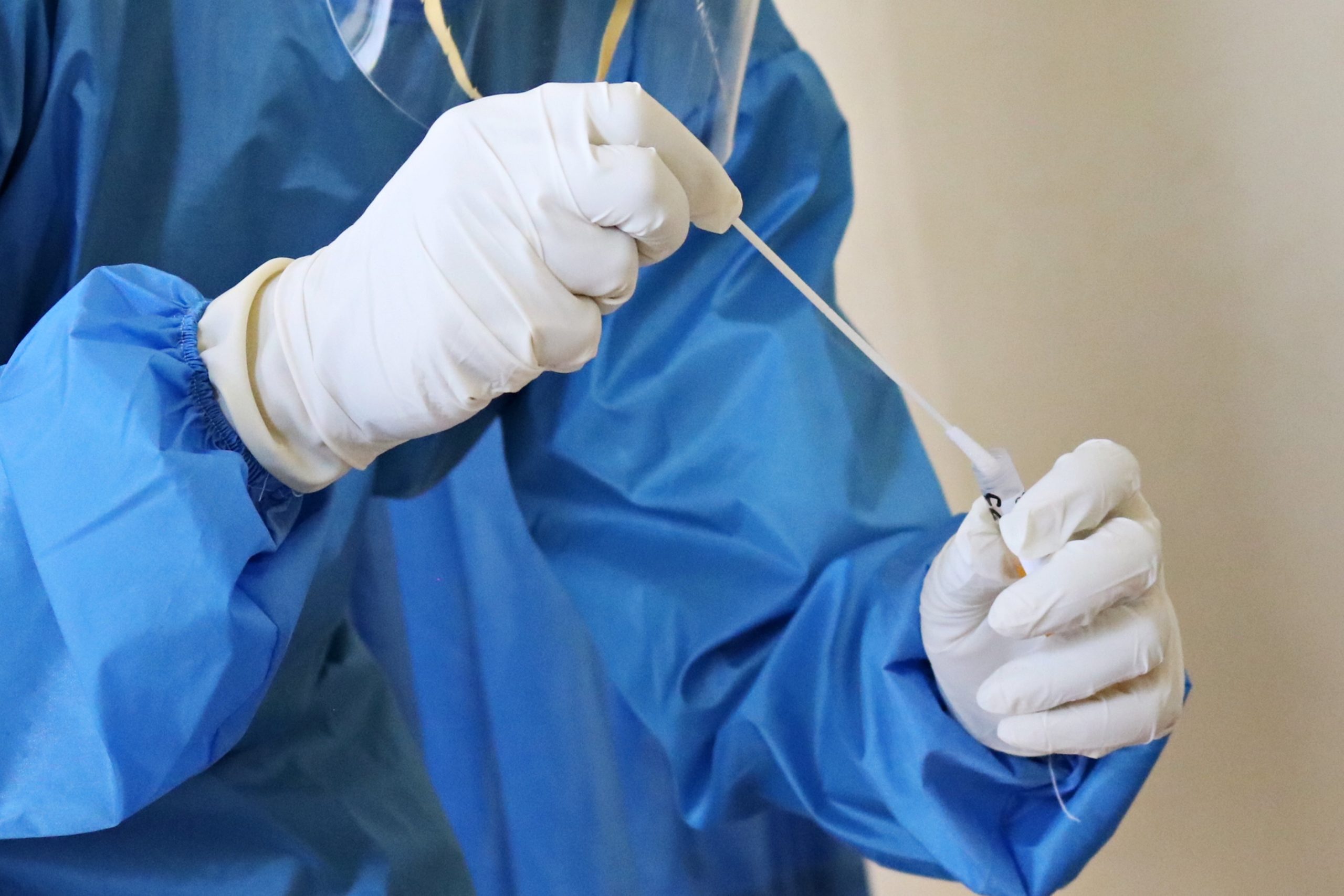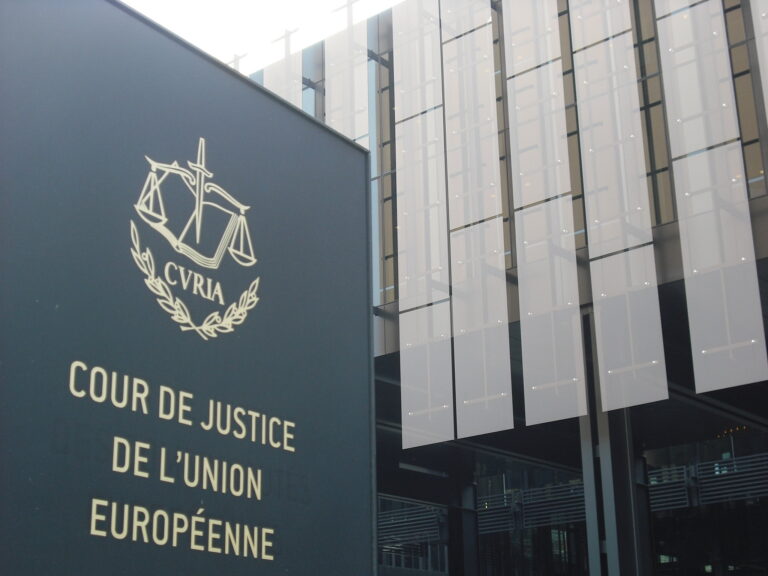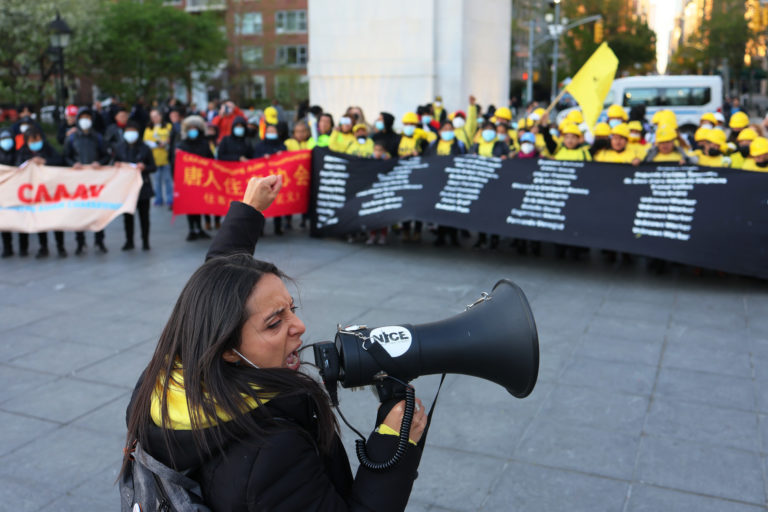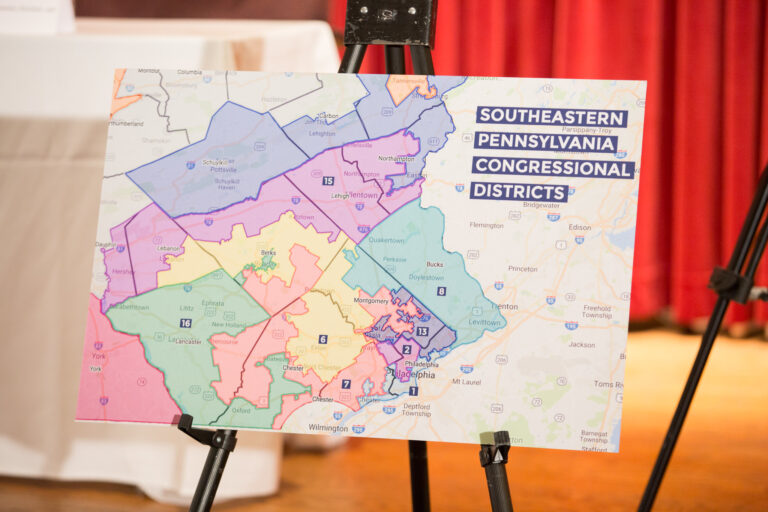Nikita Rumsey is a student at Harvard Law School.
Democrats in the Texas legislature orchestrated a late-night walkout Sunday night to temporarily block Republican lawmakers from passing what would be one of the nation’s most restrictive state voting laws. The move deprived the session of the minimum number of legislators required for a vote before a midnight deadline, dealing a dramatic setback to state Republicans. However, Texas governor Gregg Abbott (R) has signaled that he may call for a special legislative session as early as June 1 to restart the process. As the Times noted, the Texas GOP-backed bill, S.B. 7, would place heightened restrictions on absentee voting, grant new authority to partisan poll watchers, escalate punishments for mistakes or offenses by election officials, and ban both drive-through voting and 24-hour voting—it would effectively make Texas one of the hardest states in which to cast a ballot.
New guidance from the U.S. Equal Employment Opportunity Commission (EEOC) approves of employer-provided incentives for employees to inoculate against COVID-19. On May, 28, 2021, the EEOC released updated technical assistance explaining how federal equal employment opportunity (EEO) laws apply when an employer offers incentives for employees to provide documentation or other confirmation of their COVID-19 vaccination. The agency’s new guidance explains that federal EEO laws do not prohibit an employer from requiring all physically present employees to be vaccinated against COVID-19, provided the employer otherwise complies with the reasonable accommodation provisions of the ADA and Title VII, to say nothing of other federal, state and local laws that may place additional restrictions on employers. As to incentives, the EEOC explained that federal EEO laws do not limit an employer’s ability to offer incentives for their employees to voluntarily provide confirmation of their COVID-19 vaccination. Moreover, if an employer is administering vaccines itself, it can provide incentives for employees to get vaccinated “as long as the incentives are not coercive.” As the EEOC further explains, “[b]ecause vaccinations require employees to answer pre-vaccination disability-related screening questions, a very large incentive could make employees feel pressured to disclose protected medical information.” However, the EEOC’s updated technical assistance does not include a specific example of a potentially coercive incentive.
The EEOC’s announcement comes as COVID-19 vaccination rates have begun to plateau across the U.S., which has also prompted states and municipalities to experiment with new initiatives to incentivize inoculation. In New York, Governor Cuomo recently announced that forthcoming state Department of Labor guidance will direct employers to permit the use of state Paid Sick Leave for any necessary recovery period from the COVID-19 vaccine, enabling New Yorkers experiencing side effects from the COVID-19 vaccine to use NYS paid sick leave for time needed to recuperate. The announcement comes after the state passed legislation earlier this year granting public and private employees paid time off to receive the COVID-19 vaccination, with employees getting up to four hours of PTO per injection and requiring that employers not deduct such time from time off to which employees are otherwise already entitled, like vacation or sick leave.
In addition, in perhaps the most creative use of vaccination incentives put forward thus far, Ohio governor Mike DeWine (R) unveiled a lottery system earlier this May, offering a weekly $1 million prize and full-ride college scholarships in a bid to increase lagging vaccination rates in the state. According to DeWine’s recent op-ed in the Times, the program has been a wild success: “available data suggests that shots are up 49 percent among people ages 16 and over in Ohio and have increased 36 percent among minorities and 65 percent among Ohioans living in rural areas. Vaccinations among 16- and 17-year-olds have increased 94 percent.” Indeed, the program has likely already paid for itself as well, with one estimate suggesting that preventing just 40 severe COVID-19 cases requiring hospitalization would pay for the entire lottery program.
Meanwhile, a new study by the World Health Organization and the International Labor Organization suggests that working more than 55 hours a week may be a “serious health hazard.” As the New York Times noted, the study estimates that long working hours may have led to 745,000 deaths worldwide in 2016, which was a 29% increase in such attributable fatalities since 2000. More specifically, the study finds that as compared to a 35-40-hour workweek, working 55 hours or more per week is associated with an estimated 35% increased risk of stroke, and a 17% increased risk of dying from ischemic heart disease. A sobering finding to be sure, but hopefully one that at least some can safely ignore by enjoying a well-earned day off this Memorial Day.






Daily News & Commentary
Start your day with our roundup of the latest labor developments. See all
December 18
New Jersey adopts disparate impact rules; Teamsters oppose railroad merger; court pauses more shutdown layoffs.
December 17
The TSA suspends a labor union representing 47,000 officers for a second time; the Trump administration seeks to recruit over 1,000 artificial intelligence experts to the federal workforce; and the New York Times reports on the tumultuous changes that U.S. labor relations has seen over the past year.
December 16
Second Circuit affirms dismissal of former collegiate athletes’ antitrust suit; UPS will invest $120 million in truck-unloading robots; Sharon Block argues there are reasons for optimism about labor’s future.
December 15
Advocating a private right of action for the NLRA, 11th Circuit criticizes McDonnell Douglas, Congress considers amending WARN Act.
December 12
OH vetoes bill weakening child labor protections; UT repeals public-sector bargaining ban; SCOTUS takes up case on post-arbitration award jurisdiction
December 11
House forces a vote on the “Protect America’s Workforce Act;” arguments on Trump’s executive order nullifying collective bargaining rights; and Penn State file a petition to form a union.